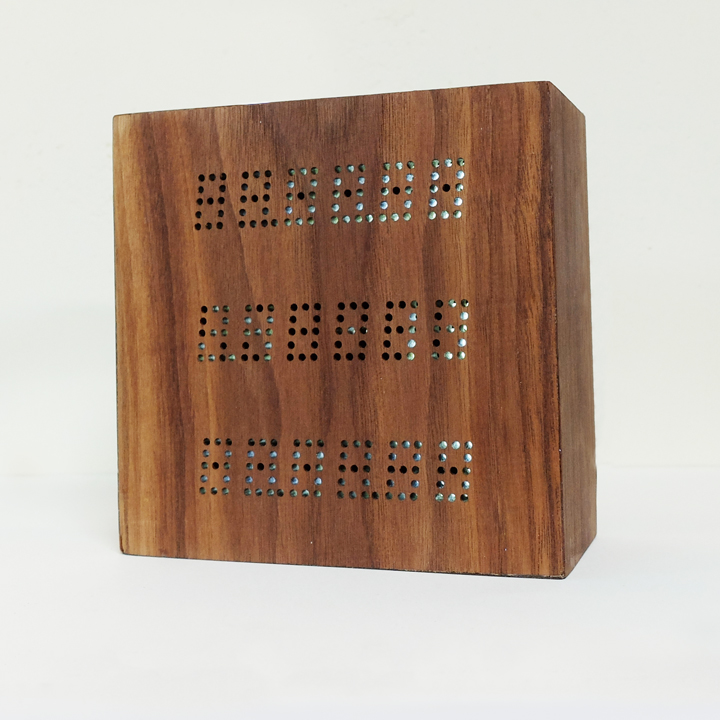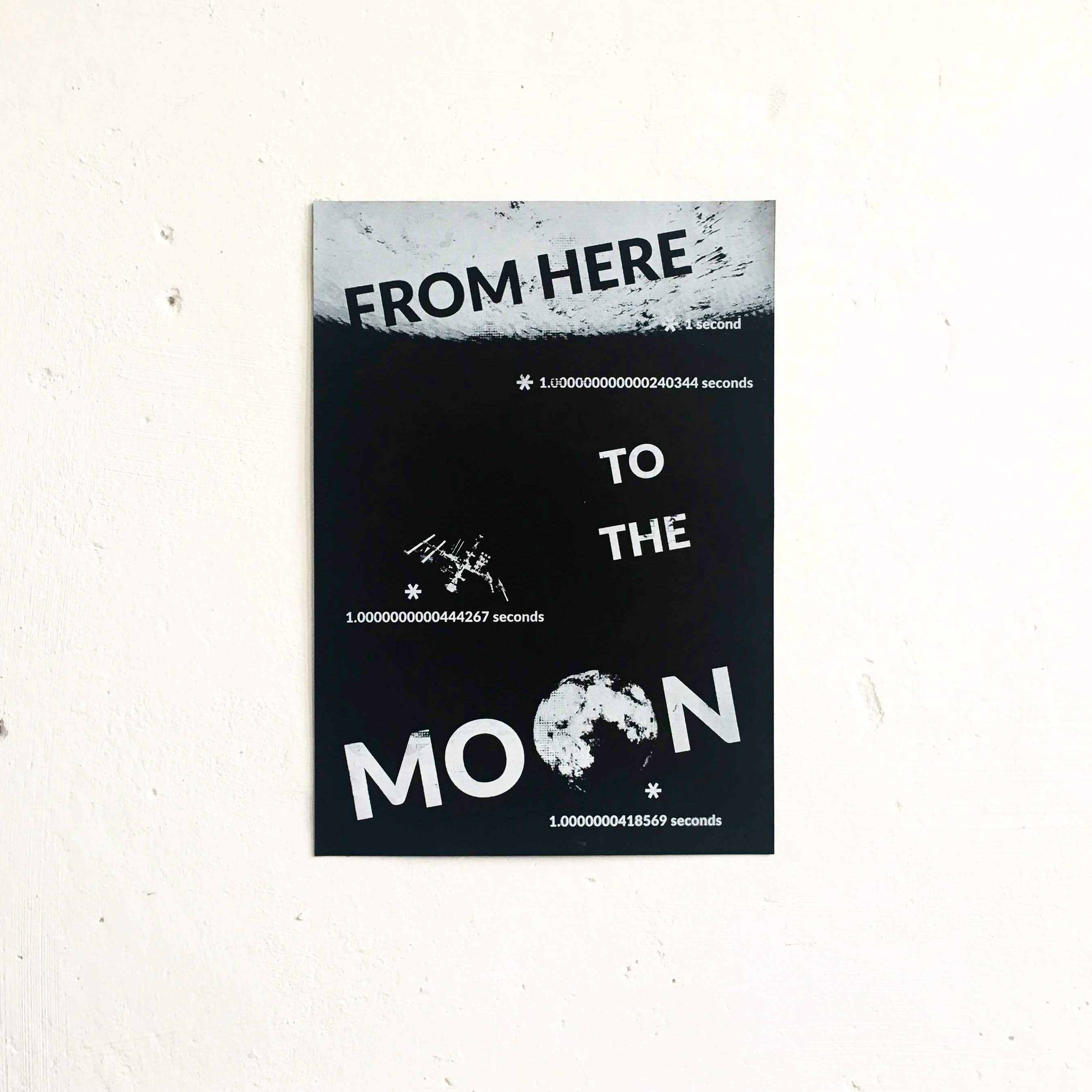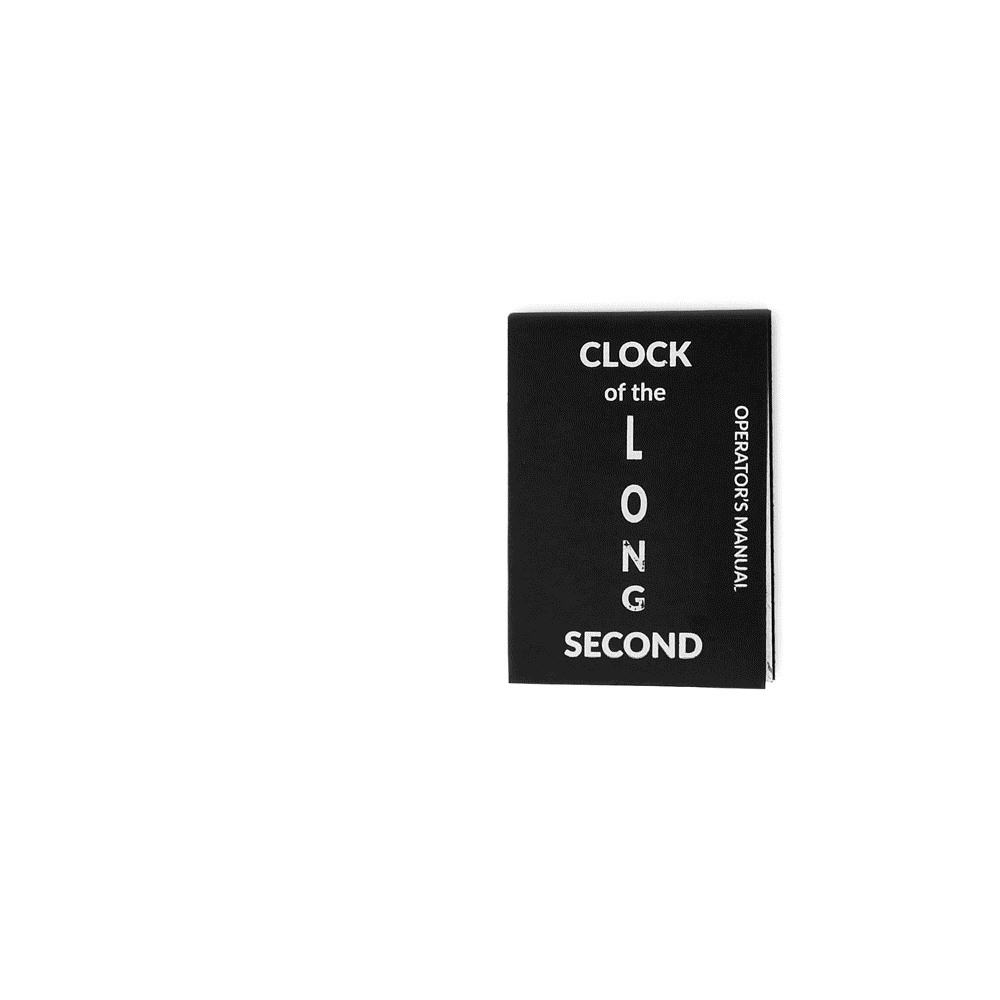Feynman's Clock
(Clock of the Long Second Prototype)
clock (noun)
a mechanical or electrical device for measuring time, indicating hours, minutes, and sometimes seconds by hands on a round dial or by displayed figures.
This project began as an investigation into the origin of the second. Considering that it is very hard for human beings to accurately measure a second without the use of a measurement tool such as a clock or metronome. I was inspired by a story that Richard Feynman shared in his book What Do You Care What People Think where he described trying to count to 60 seconds while performing different tasks. He found that by the time he counted to 60 it had actually only been 48 seconds.
My research began with a question,
"If we can't measure a second, why do we bother putting it on our clocks?"
I found that the only places where the duration of a second is important are in physics and in a crisis.
This clock puts Einstein's General Relativity in the hands of the user. Specifically it demonstrates the time difference between two different altitudes (read: distances from the center of the Earth) in seconds.
The top number corresponds to the higher altitude, the middle number shows the difference in parts of a second between the length of a second at the two altitudes, and the the bottom number is set to sea level.
The Feyman Clock is accompanied by a zine that acts as an Operator's Manual complete with the equation I used for the calculations. When unfolded the zine becomes a poster showing the lengths of a second depending on altitude.


